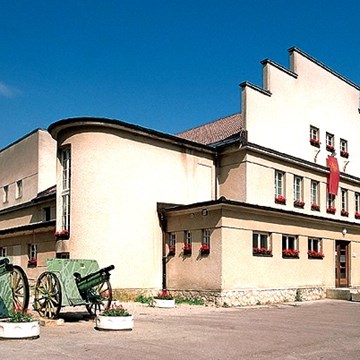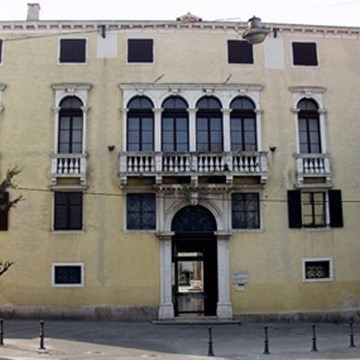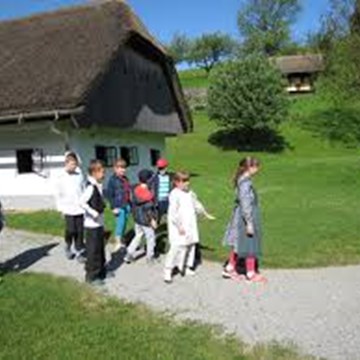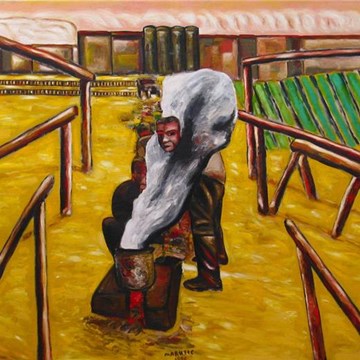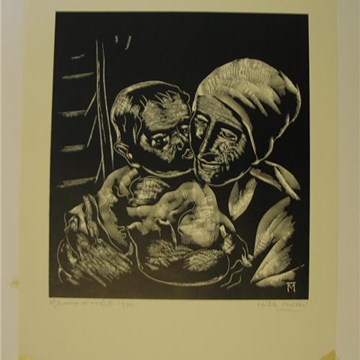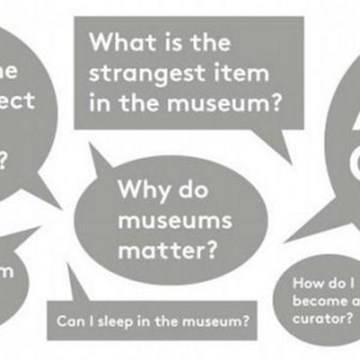Egon Schiele
Featuring 41 paintings and 188 works on paper, the Leopold Museum houses the largest and most eminent collection of works by Egon Schiele worldwide.
When Egon Schiele died of the Spanish Flu in 1918, aged only 28, he was regarded by many as the most important Austrian artist of his time. During the decades following his untimely death, however, he was increasingly forgotten and was posthumously labeled a “degenerate artist” by the National Socialists. In the early 1950s, the young medical and art history student Rudolf Leopold saw the works of Egon Schiele for the first time. He recognized that in their quality, expressiveness and technical mastery Schiele’s works were comparable to those of the Old Masters. The expressive artist’s powerful draftsmanship and radical modernity sparked an inextinguishable fire in Rudolf Leopold. He became a passionate collector and did all he could to help win Egon Schiele’s oeuvre and Viennese art around 1900 global acclaim. Back then, Egon Schiele’s paintings and works on paper were still readily available on the free market and were even affordable, albeit not exactly cheap – a large-scale oil painting had the approximate value of a small new car. Since then, the market price for Schiele’s works has multiplied, with his paintings now fetching double-digit million amounts. Rudolf Leopold played a vital role in helping Schiele’s oeuvre win worldwide renown and international recognition.
Along with oil paintings and graphic works, the Leopold Museum is also home to the Egon Schiele Documentation Centre dedicated to conducting research on Schiele’s oeuvre. Comprising numerous autographs, it also makes for the first time Schiele’s work as a lyricist accessible to a wider audience.
Exhibitions and events

Vienna 1900
Permanent exhibitionArt from the Leopold Collection The Leopold Museum is presenting a totally reconfigured exhibition of Viennese art at the turn of the century. Titled Vienna 1900. From the Leopold Collection,...
Activities from this museum
We don't have anything to show you here.




